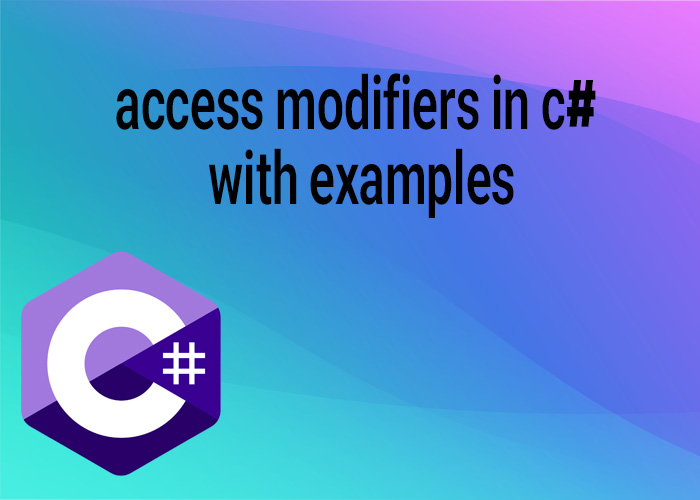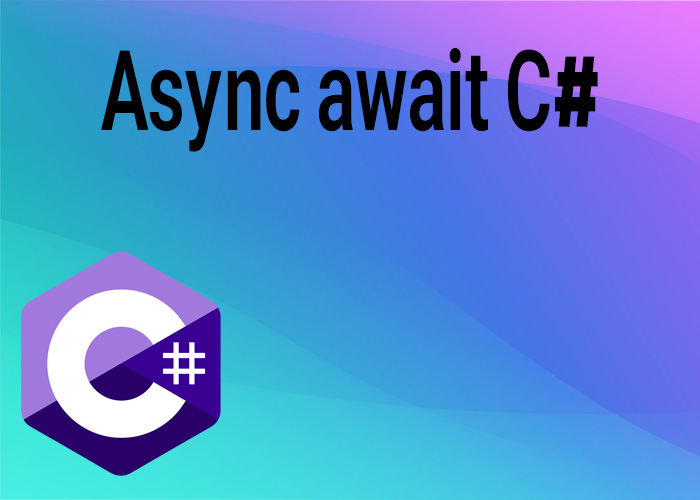C# Namespace Without Braces
In recent versions of C#, you can define a namespace without braces using the new "file-scoped" syntax. Introduced in C# 10, file-scoped namespaces offer a cleaner way to declare a namespace that applies to all types within a single file, helping to improve readability and reduce nesting.
What Is a File-Scoped Namespace?
A file-scoped namespace is declared without braces and applies to all code within that file. This allows the entire file's contents to belong to the same namespace without requiring explicit opening and closing curly braces.
Example of File-Scoped Namespace
// File-scoped namespace syntax
namespace MyApplication.DataAccess;
public class DatabaseConnector
{
// Class implementation
}
public class QueryExecutor
{
// Class implementation
}
Traditional Namespace Syntax (With Braces)
To understand the difference, here's how you would declare a namespace traditionally:
// Traditional namespace syntax
namespace MyApplication.DataAccess
{
public class DatabaseConnector
{
// Class implementation
}
public class QueryExecutor
{
// Class implementation
}
}
Key Benefits of File-Scoped Namespaces
- Reduced Nesting: Eliminates an extra level of indentation, improving code readability.
- Consistency: The entire file is guaranteed to have the same namespace.
- Cleaner Code: Reduces visual clutter when scanning through files.
When to Use File-Scoped Namespaces
- Single-Namespace Files: Best suited for files containing multiple types but within the same namespace.
- Readability Focused: Ideal for teams that prioritize consistent and easily readable code.
Conclusion
File-scoped namespaces in C# offer a modern way to reduce the verbosity of declaring namespaces, improving code readability and consistency. They are suitable for files that contain multiple types belonging to a single namespace and offer a cleaner alternative to traditional curly brace syntax.





